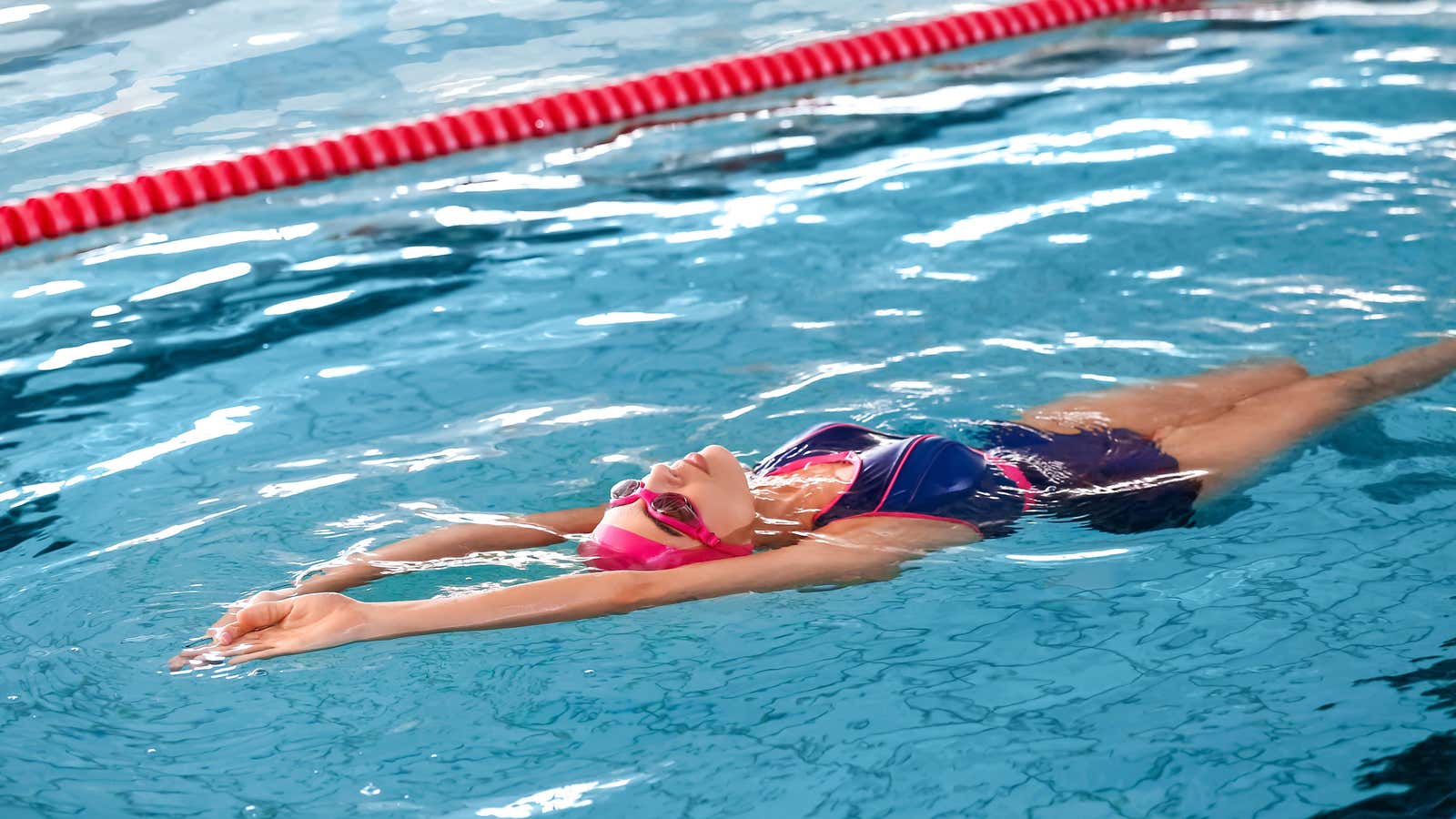What Are Active Recovery Days (and How Do You Get the Most Out of Them)?

If you’re just starting out on an exercise program, you know you can’t exercise every single day. It is usually recommended to take a day off between intense workouts to reduce fatigue and give the muscles time to recover. However, not all recovery days require complete rest .
If the idea of a completely passive rest day scares you, here’s what you need to know about active recovery days and how to get the most out of them.
What is active recovery?
Not to be confused with a post-workout cooldown, active recovery is a low-intensity activity. Both active and passive recovery are needed to improve recovery and performance. But instead of lounging on the couch all day ( which can be great !), you work on your muscle groups to promote recovery.
Whatever you do on active recovery days, you should feel noticeably lighter than standard workouts. You want to make sure you’re focused on the “recovery” part of it all, and that you’re not doing so much as to interfere with your core workouts .
Ideas for active recovery days
The advantage of active recovery days is the ability to include activities that are different from your main routine. For runners, this can be light strength training; for lifters, this can mean light cardio. Examples of active recovery exercises include:
- Walking or jogging
- Swimming
- aqua run
- Yoga
- tai chi
- Bicycling
- Zumba or dance
- Rock climbing
Whatever activity you choose, you should not work with maximum effort. Be careful, move slowly and don’t accidentally push too hard.
Make sure you take it easy
Part of mastering your active recovery days is learning to calibrate your own sense of effort. An easy run for one person this week could be a long run for another. Remember, the purpose of this day is to give your body a break before returning to higher levels of training intensity.
Active recovery days are a great opportunity to take a break from your training plan. Try something new and listen to your body to make sure you don’t overload yourself by mistake. And if you’re injured, in pain, or very tired, your body may need passive recovery instead.